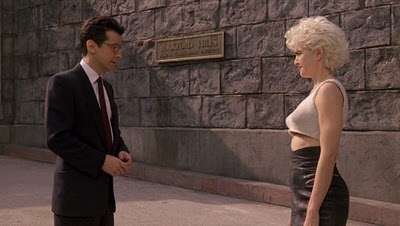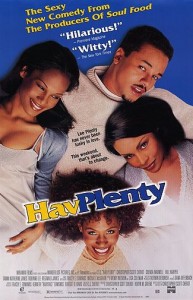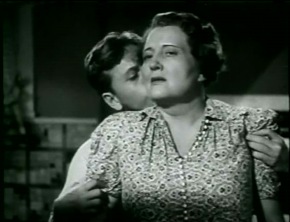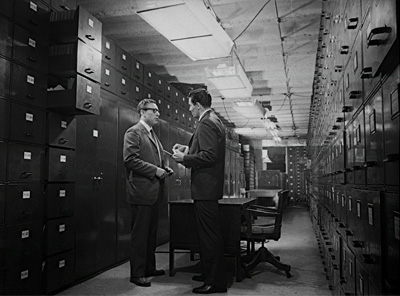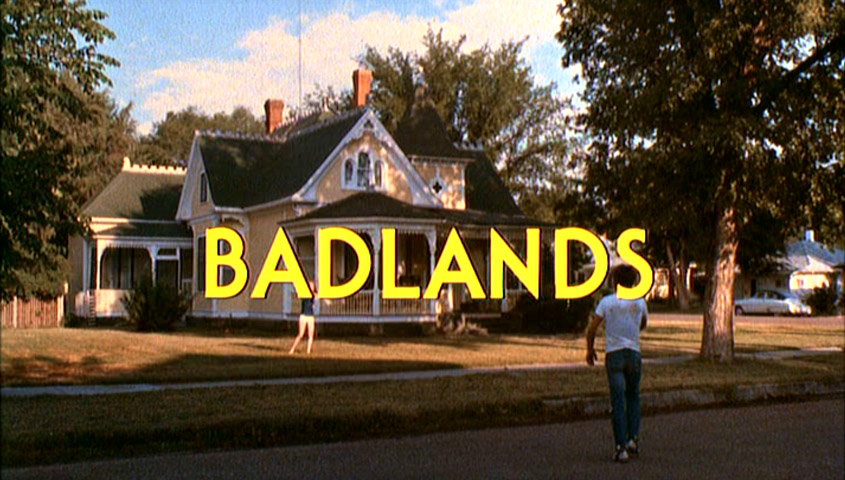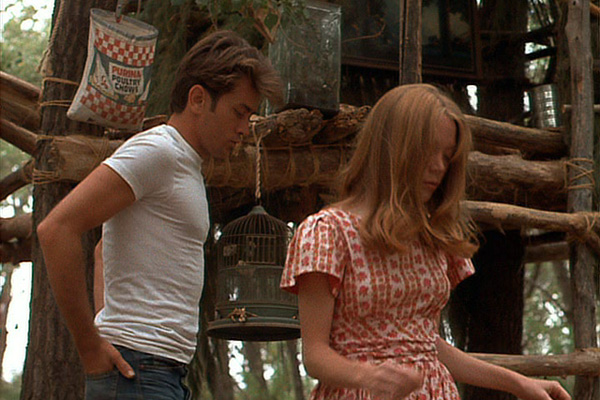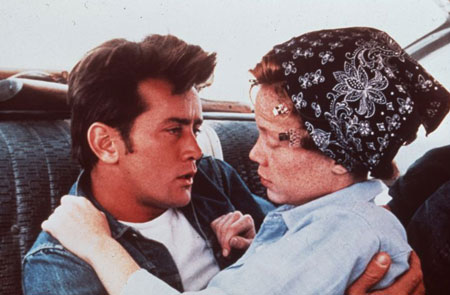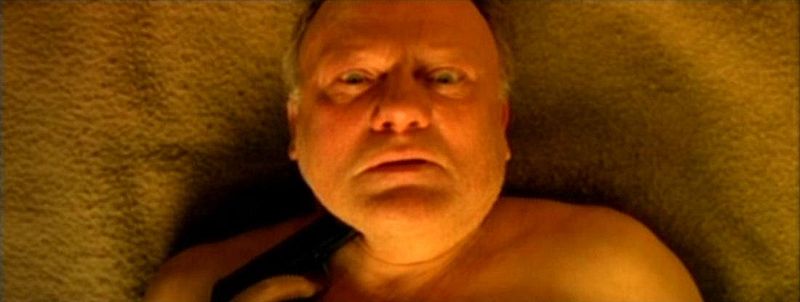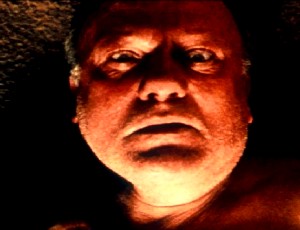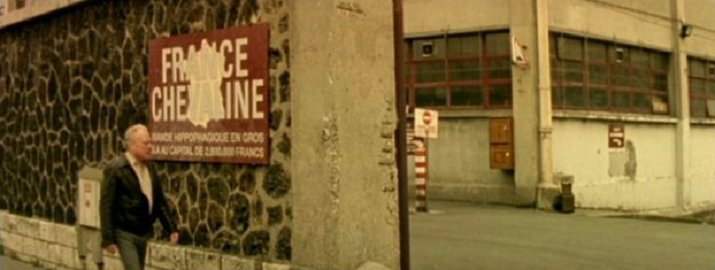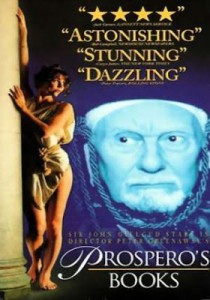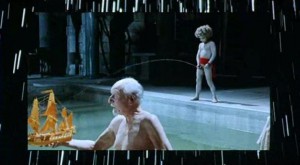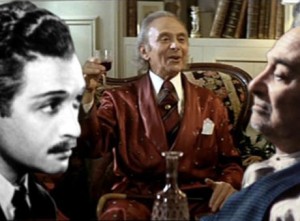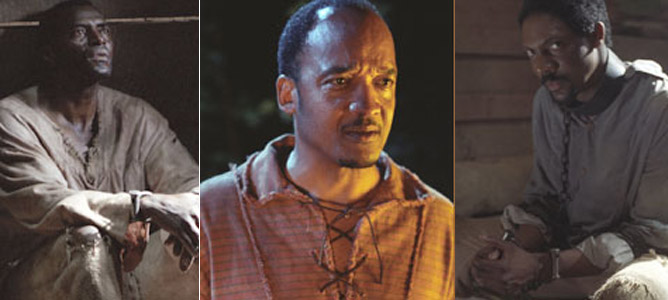From the Chicago Reader (April 30, 1999). — J.R.
Rating ** Worth seeing
Directed by Mike Newell
Written by Glen Charles and Les Charles
With John Cusack, Billy Bob Thornton, Cate Blanchett, Angelina Jolie, Jake Weber, Kurt Fuller, Vicki Lewis, Matt
Ross, Jerry Grayson, and Michael Willis.
The following notice recently appeared on the Internet Movie Database:
“In an unprecedented action, MGM said…that it is recalling all video copies of The Basketball Diaries (1995), in which Leonardo DiCaprio in a dream sequence is depicted shooting a teacher and students while wearing a long, black trenchcoat. The decision was prompted by the shootings in Colorado and references to the movie in numerous news reports. The movie was recently acquired by MGM as part of the PolyGram film library that it bought from Seagram in January. ‘We are going to attempt to get as many of these videos off the shelf as possible,’ a studio spokesman told today’s [April 22] Wall Street Journal. ‘We think it’s the responsible thing to do under the circumstances.’ He said retailers and distributors would be offered full refunds. News reports also observed that the current hit movie The Matrix also features numerous scenes of gun violence in which the hero, played by Keanu Reeves, also wears a black trenchcoat. Read more




